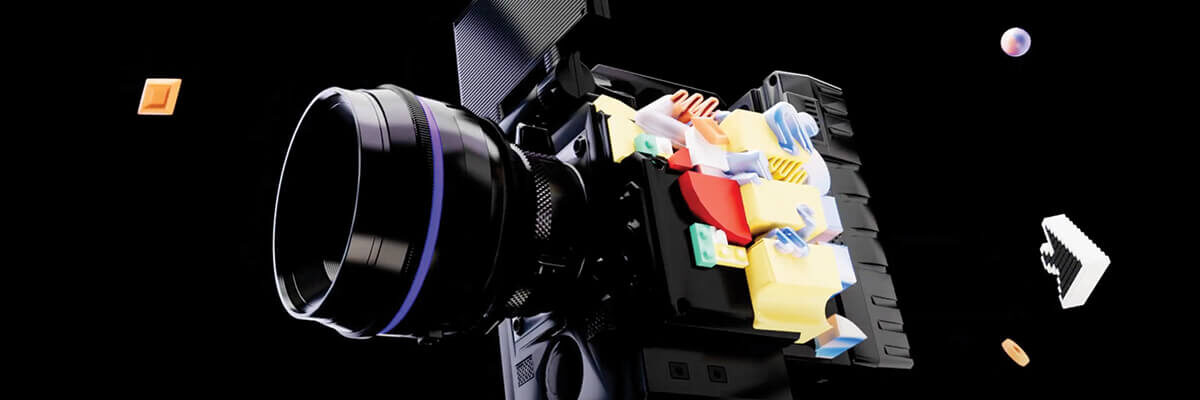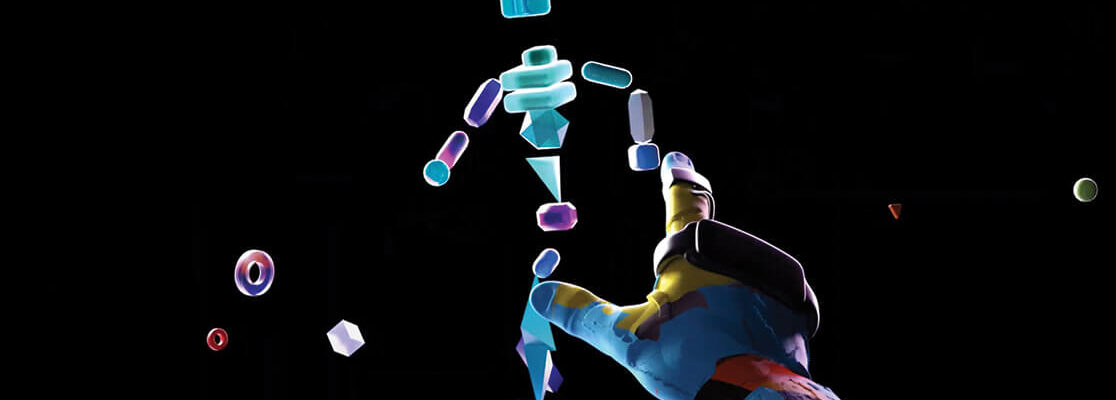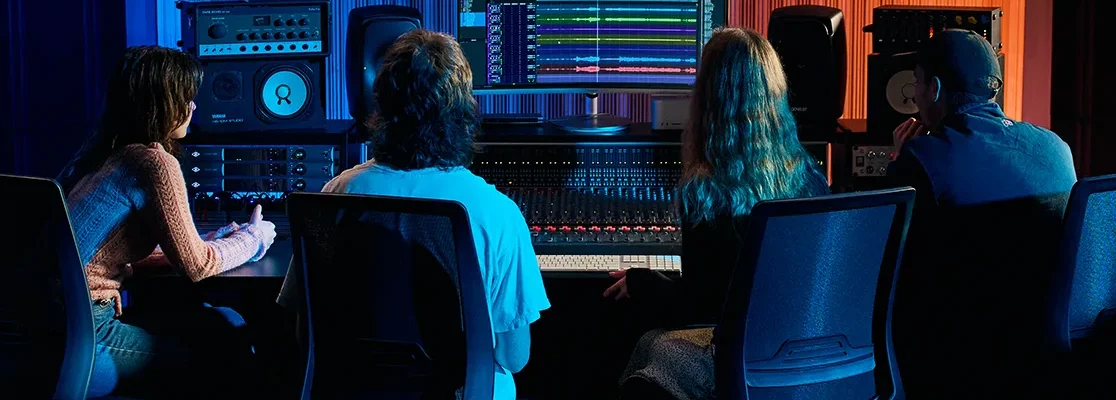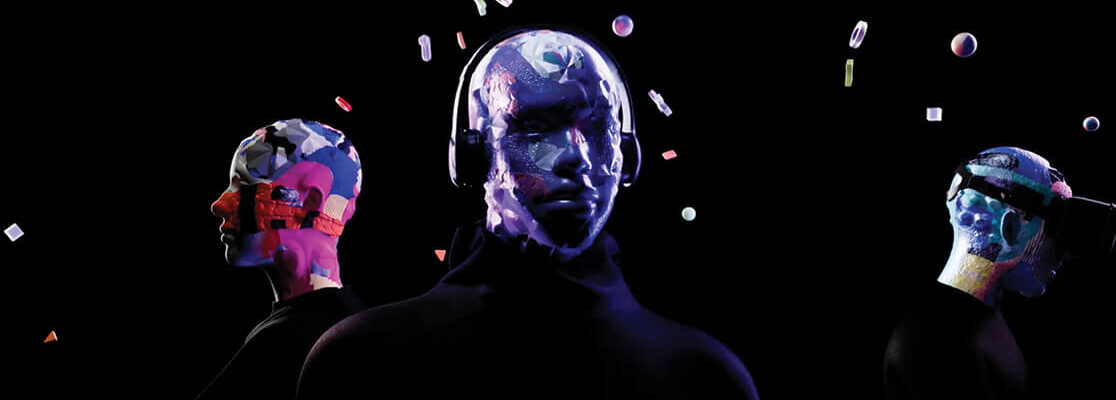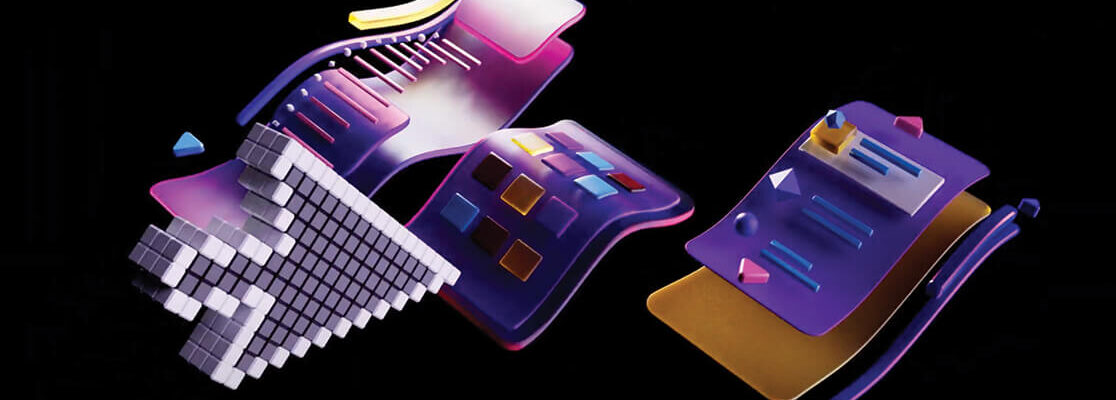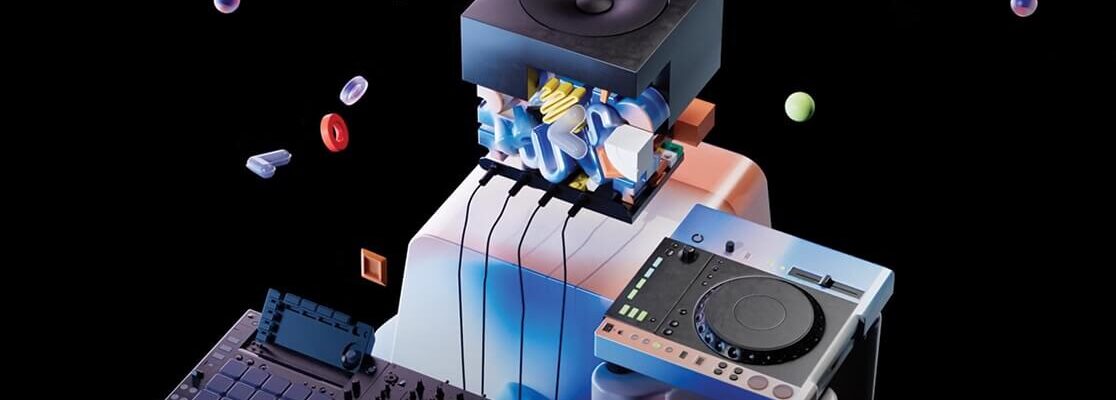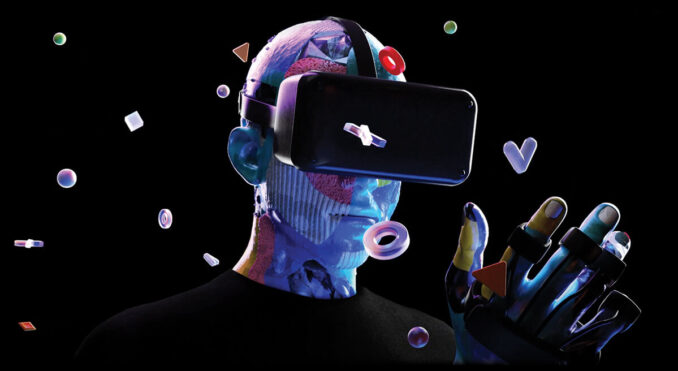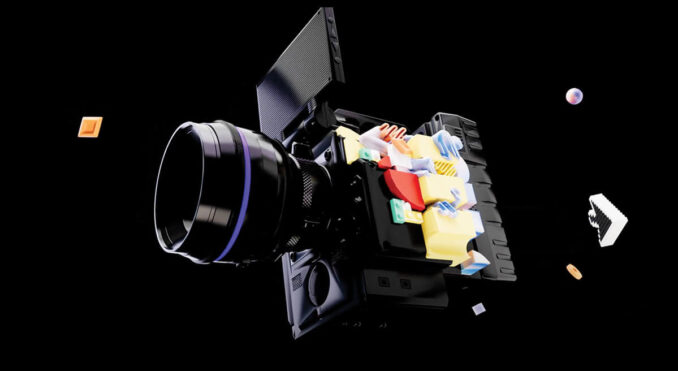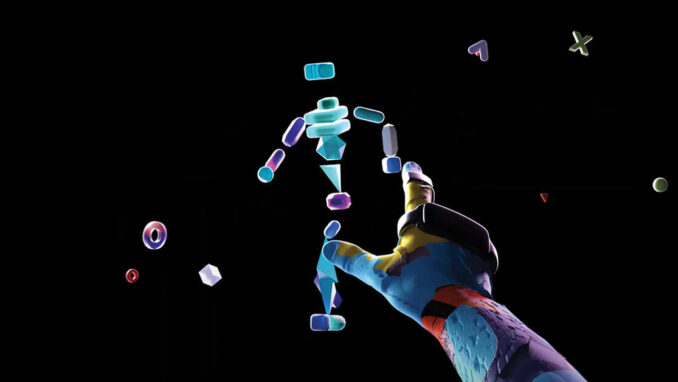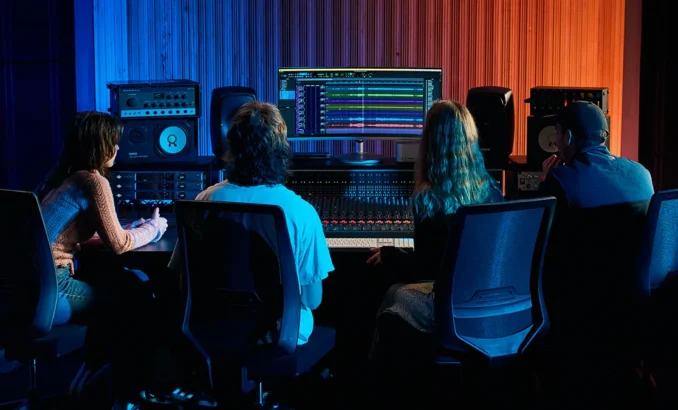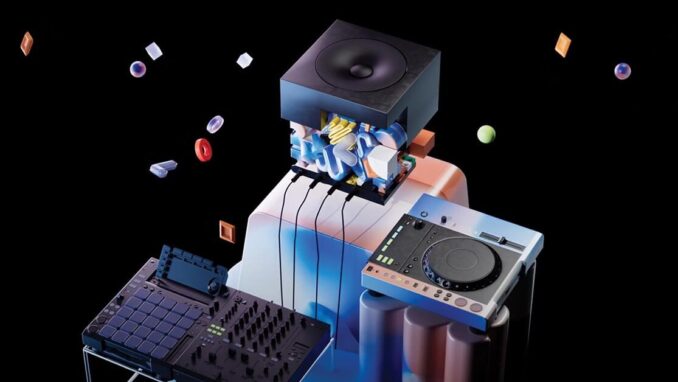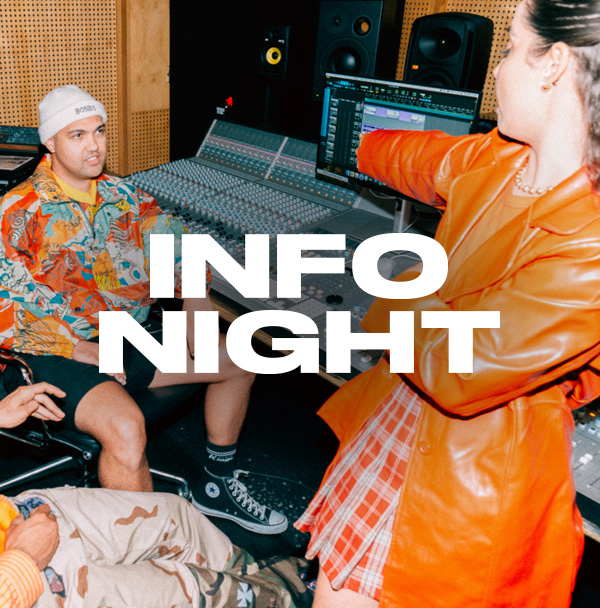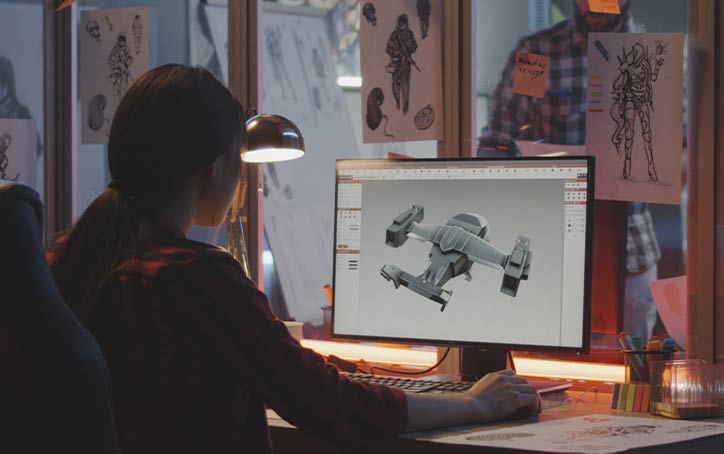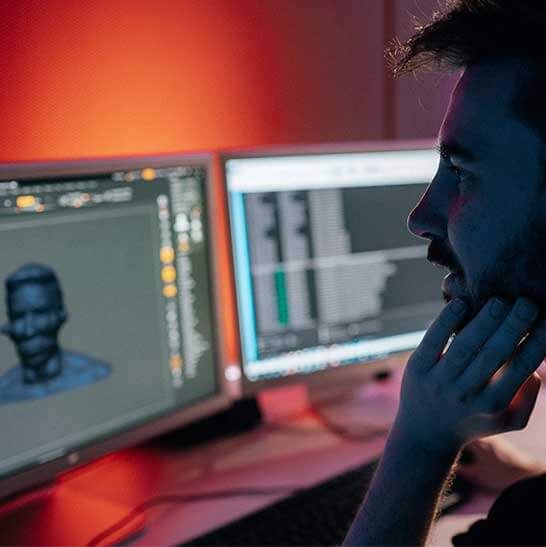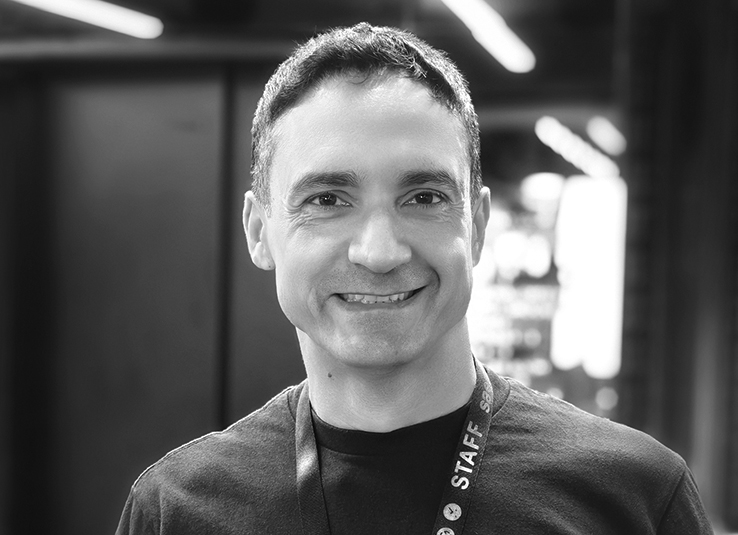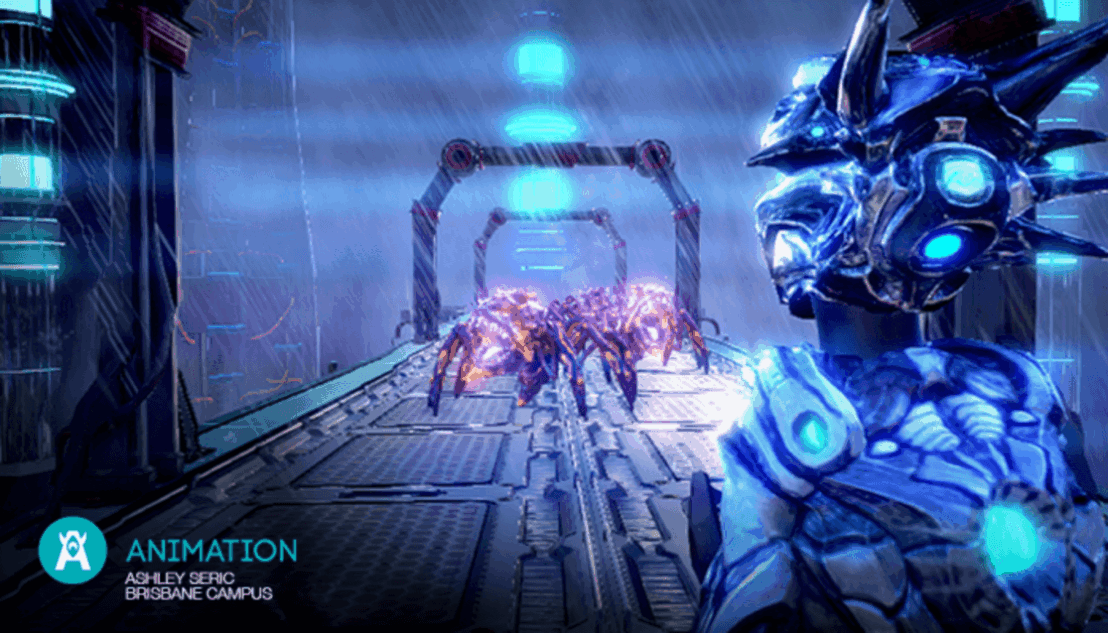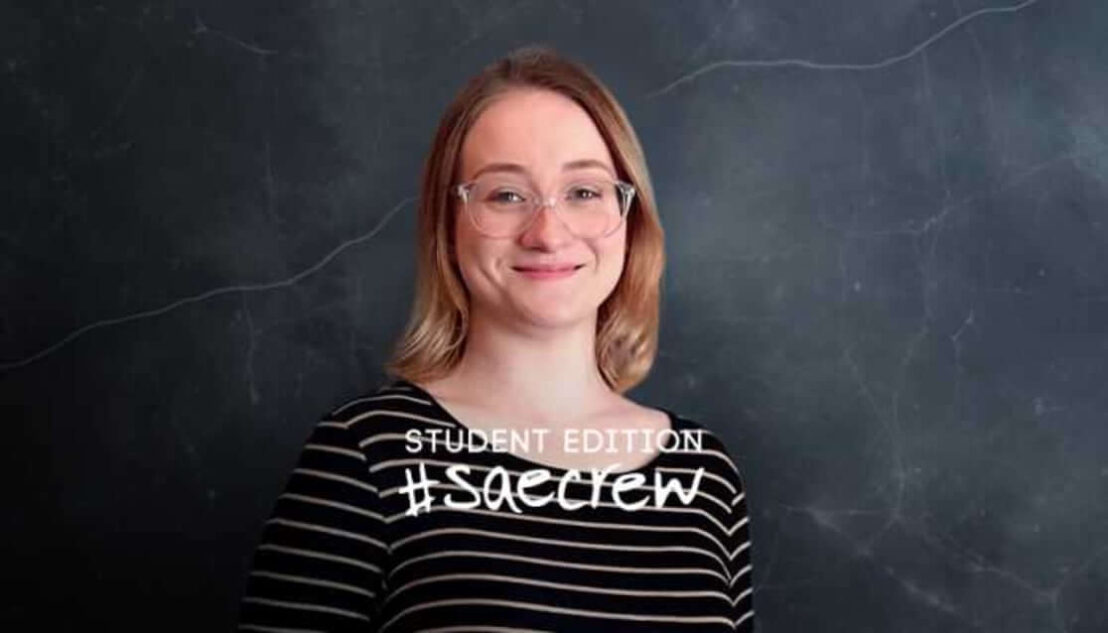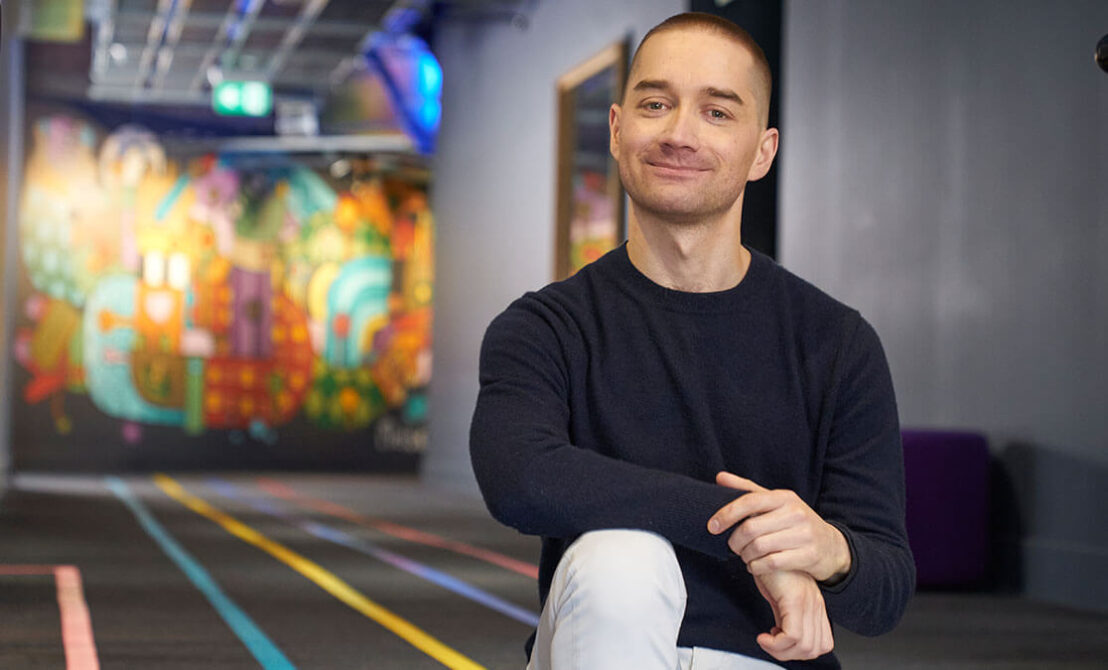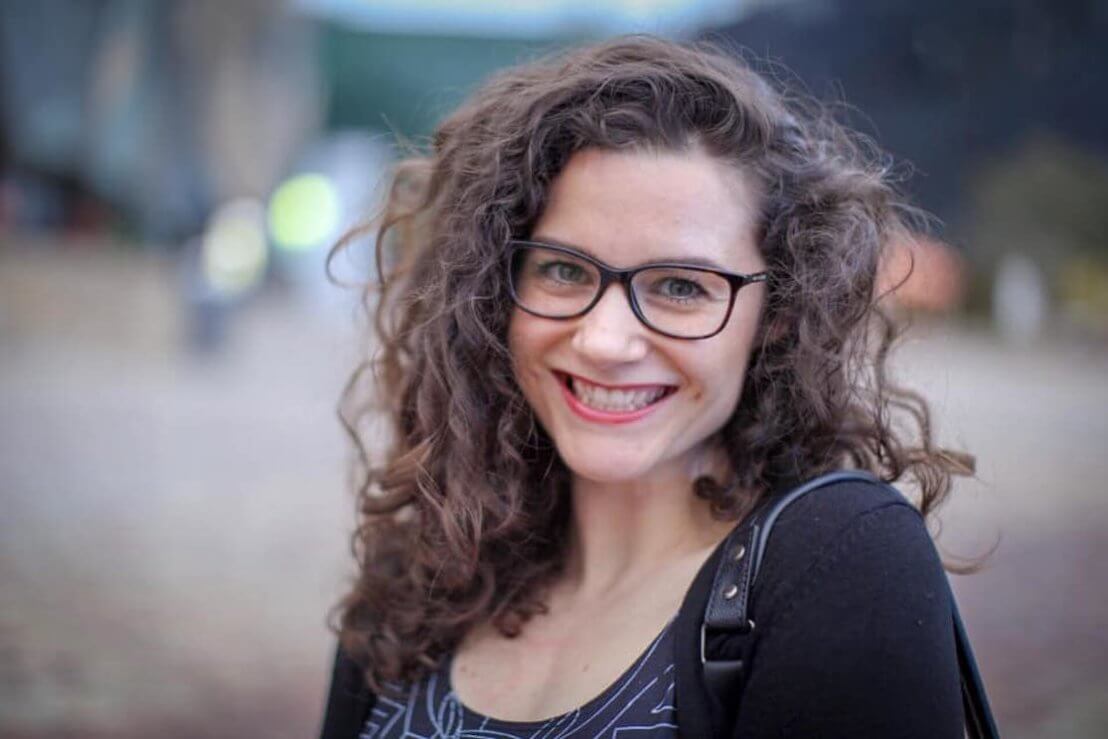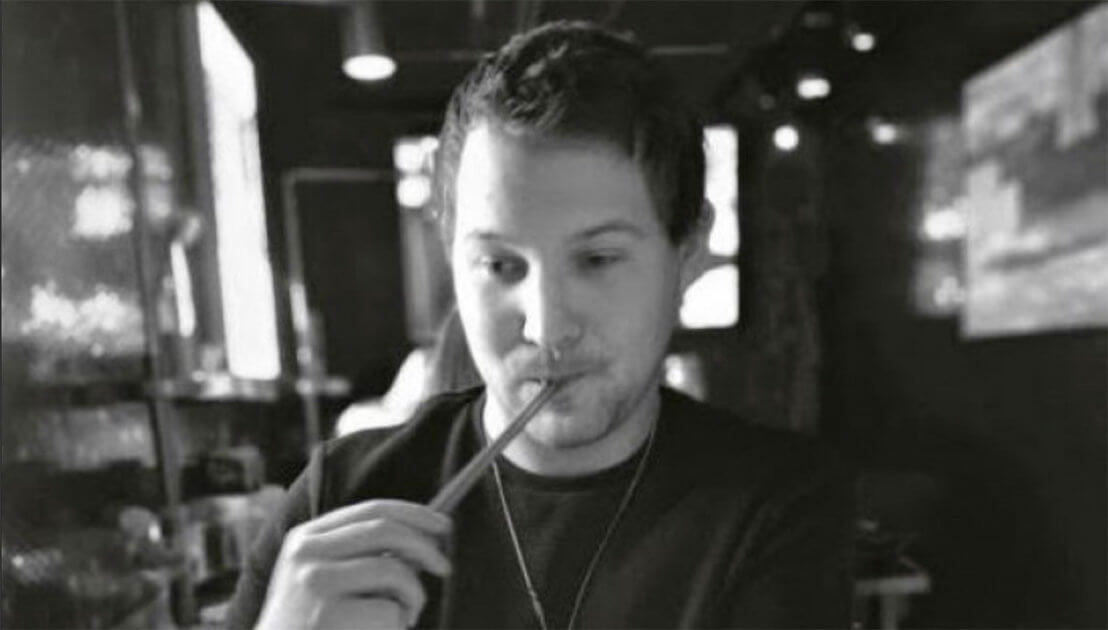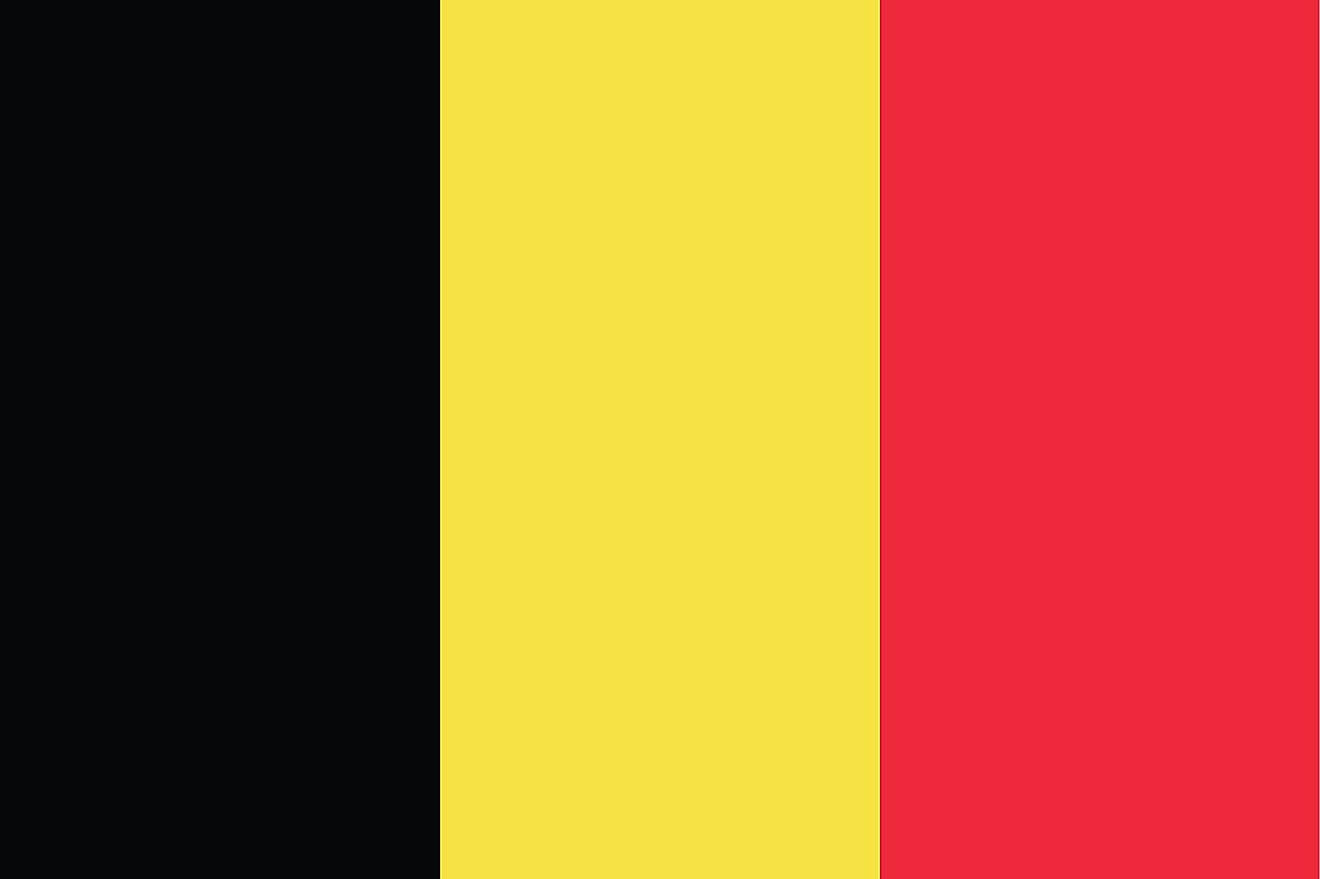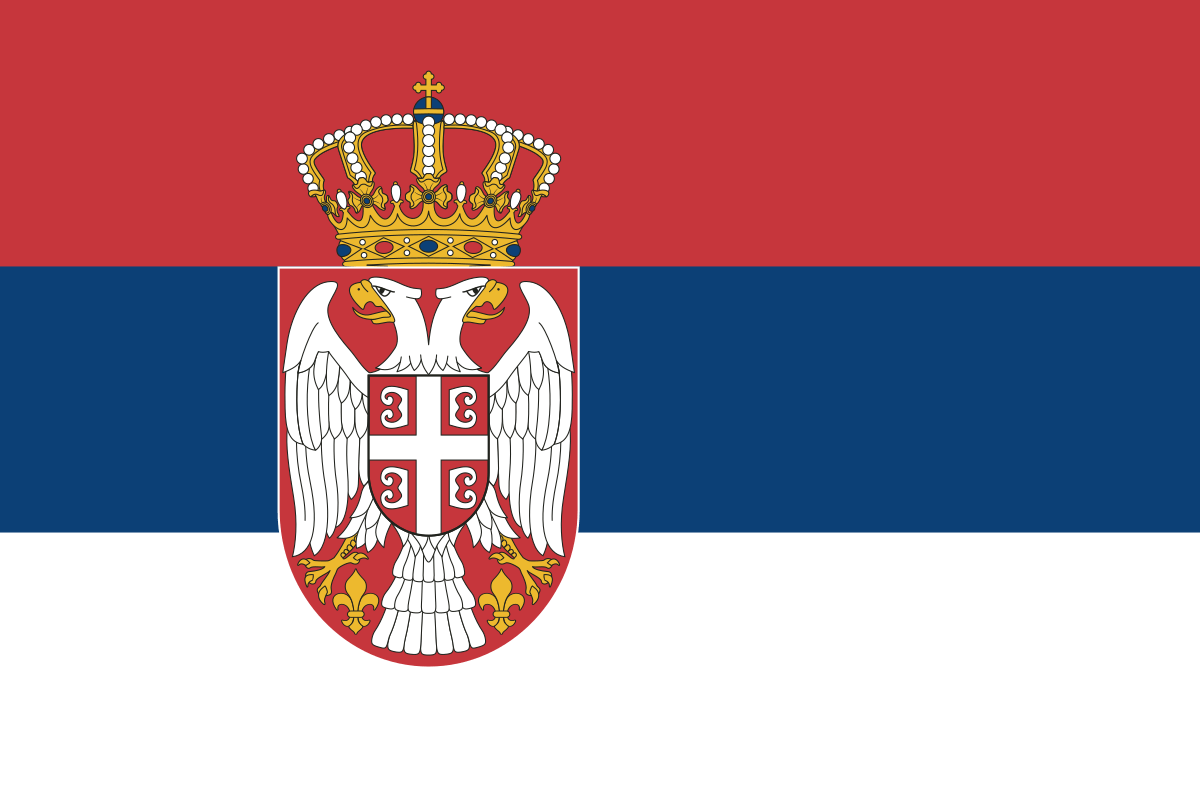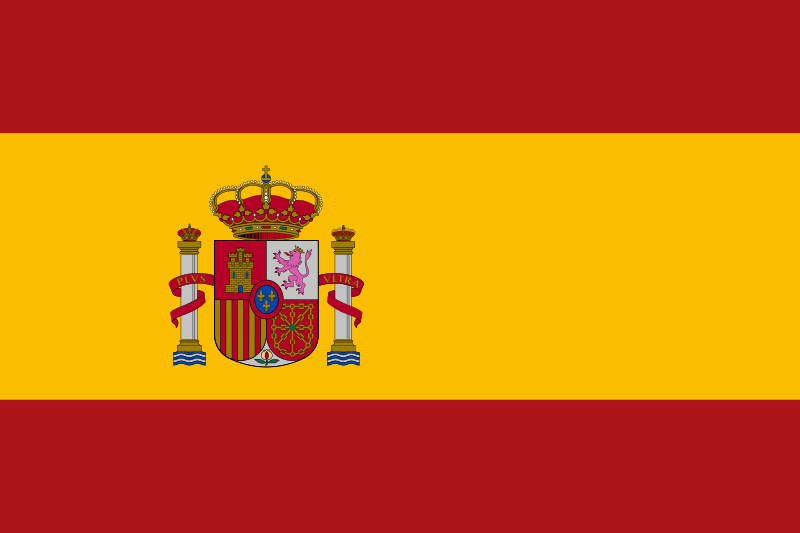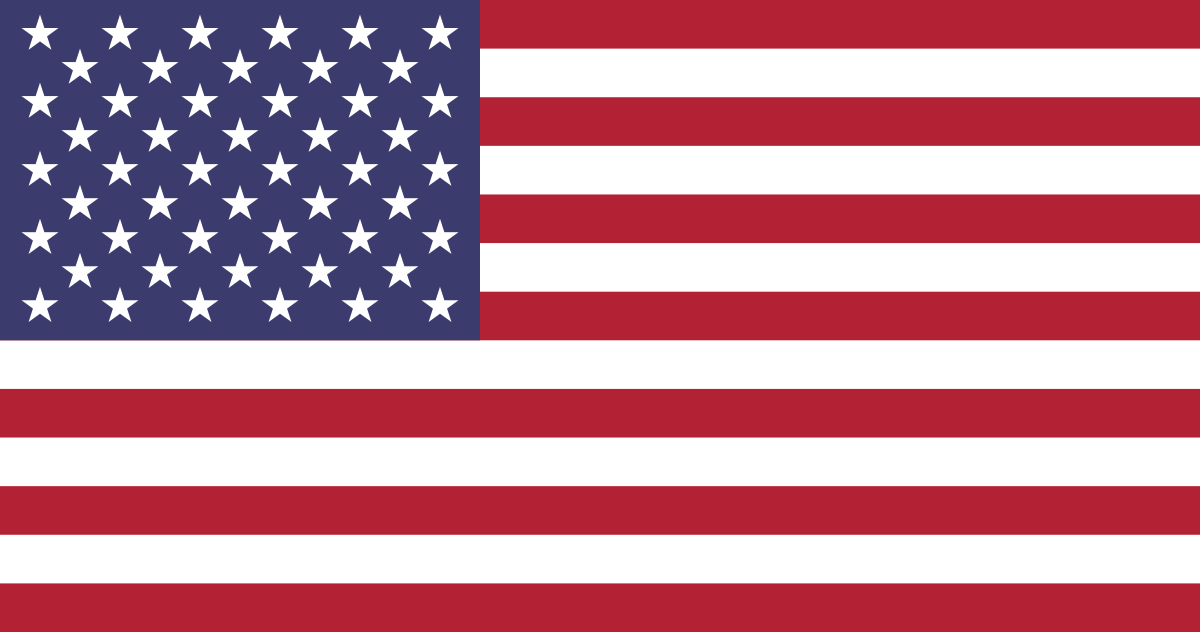
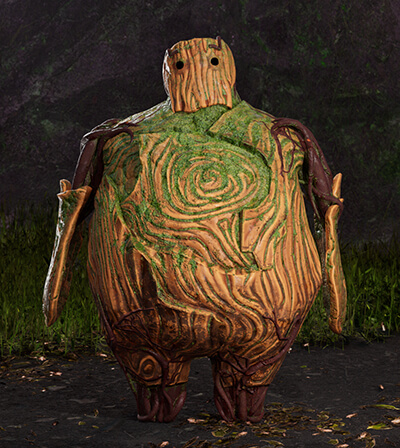
Ready to combine your love of art and technology to pave the way for a thrilling career in animation? SAE University College can get you there.
Learn from our industry experts as you develop practical skills including 2D and 3D character animation, visual storytelling, modelling and environment design, visual effects, motion graphics, and more.
With access to the latest technology including Maya, Substance Painter, Unreal Engine, Houdini, and Foundry Suite, you’ll master in-demand techniques to set your animation work apart from the rest.
If you’re after a short and sweet course option to get you working in the animation industry sooner, our Diploma of 3D Animation Production allows you to graduate after just seven months of study (or keep the good times rolling and put your credits towards an animation degree).
Our Bachelor of Animation and Associate Degree of Animation will see you explore fundamental topics including concept art and cinematography through to more advanced techniques such as game animation and rigging.
Our bachelors degree also includes a Work Integrated Learning unit, providing professional placement opportunities to give you a taste of the animation industry before you graduate.
As part of every SAE animation course, you’ll create cross-discipline projects based on real-world briefs, helping you build a dynamic portfolio of work fit to wow your future clients.

WHERE AN SAE ANIMATION DEGREE COULD TAKE YOU
- Animator (Animation, Games or VFX)
- Storyboard, Layout or Character Artist
- Rigger
- Previsualisation (Previs) Artist
- Animation Technical Director (TD)
- Environment/Background Artist
- Motion Graphics Designer
- 3D Modeller
Meet your animation mentors
What graduates say about SAE

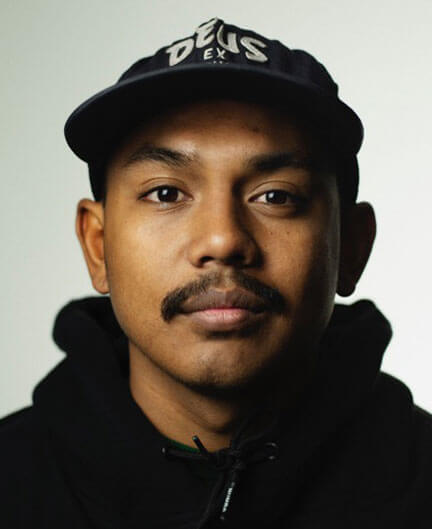
Enrico Leasa
SAE Alumni | Current Job: Layout artist at Industrial Light & Magic

Jacinta Rochecouste
SAE Alumni | Current Job: Broadcast/Motion Designer
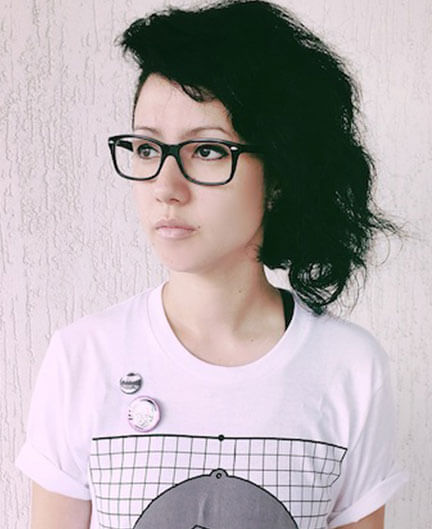
Kara Thattanakham
SAE Alumni | Current Job: Graphic DesignerLearn using Industry Tools & Software









YOUR CAREER IN THE ANIMATION BEGINS NOW
GRADUATE FROM SAE’S ANIMATION COURSES WITH PRACTICAL SKILLS IN:
ARE OUR ANIMATION COURSES FOR YOU?
Still deciding whether you want to study an SAE animation degree? Check out our suitability recommendations to consider before you study animation at SAE.
- a strong sense of creativity and imagination
- a willingness and ability to collaborate effectively with people from diverse backgrounds, including industry practitioners
- have technical, computer and software skills
- have critical thinking and problem-solving skills
- adaptability to changing technologies and industry trends
- possess an interest in the societal, ethical and cultural factors influencing creative industries
- a willingness to devote up to 10 hours per week for every 10 credit points you study. This will allow for scheduled classes, personal study and project work.
- a keen interest in animation software and tools, such as 2D and 3D animation software, rigging tools, and compositing software
- an interest in storytelling, including character development, story structure, and visual storytelling techniques
- attention to detail and patience.
A career in animation involves creating moving images that tell stories, explain ideas, or entertain. Animators bring characters and environments to life using drawings, digital models, or other techniques. They often work as part of a team on films, games, TV shows, or advertising content.
Animation comes in many forms, each with its own style, workflow, and tools.
- 2D Animation involves creating flat, two-dimensional characters and environments, often drawn frame by frame. It’s commonly used in cartoons, explainer videos, and web series. Animators use software like Toon Boom Harmony, Adobe Animate, or TVPaint. Some projects use “puppet rigging” to speed up animation, allowing parts of a character (like arms and legs) to be moved without redrawing each frame.
- 3D Animation uses digital models that are built in three-dimensional space. These models can be animated to move, speak, and interact within their environments. 3D animation is widely used in film, television, games, and visual effects. Common tools include Autodesk Maya, Blender, and Cinema 4D. Animators often work with rigging, lighting, and camera angles in addition to movement.
- Stop-Motion Animation is a physical form of animation that involves photographing real objects (like clay figures or paper cut-outs) one frame at a time while making small movements between shots. These frames are played in sequence to create motion. Tools include Dragonframe for capturing and sequencing images, along with cameras, lighting setups, and physical materials.
- Motion Graphics focus on animating text, shapes, logos, and other graphic elements. This style is commonly used in advertising, explainer videos, title sequences, and social media content. It’s less about character animation and more about visual communication. Tools like Adobe After Effects, Cinema 4D, and Apple Motion are often used in this field.
Each type of animation offers different creative opportunities and is suited to different types of projects. At SAE, students have the chance to explore multiple styles and tools before deciding where to specialise.
It depends on your interests and strengths. If you love drawing, 2D might suit you. If you’re into digital design or enjoy working in 3D spaces, 3D animation could be a better fit. Motion graphics might appeal if you enjoy design and timing. Trying different styles during a course can help you decide.
Animators work on films, television shows, advertisements, music videos, video games, educational content, and even apps. Projects range from character-driven stories to abstract visuals or explainer videos. The style and audience vary depending on the client and platform.
Start by building your skills and creating small projects. Learn to use animation software, practice storytelling, and explore different styles. Formal studies like our range of animation courses will help you develop your portfolio, gain industry knowledge, and work with other creatives on real-world projects.
A degree isn’t always required, but formal training can fast-track your learning and help you build a strong portfolio. Employers are mostly interested in your work and your ability to meet deadlines and work as part of a team. A course provides structure, feedback, and access to tools and equipment.
Common tools include Adobe After Effects, Toon Boom, Blender, Maya, and Cinema 4D. For 3D animation, Autodesk Maya and Blender are widely used. At SAE, students get hands-on experience with a range of tools used in professional studios.
It depends on the type of animation. Drawing is important for 2D animation and concept work, but for 3D or motion graphics, other skills like modelling, rigging, or timing are more critical. Even if you’re not confident with drawing, there are many paths into animation.
Teamwork, communication, attention to detail, and time management are key. Animators often work in teams and need to take direction and give feedback. Being organised, open to revision, and able to manage deadlines is just as important as technical skill.
Salaries vary depending on experience, role, and location. In Australia, entry-level animators might earn around $50,000 to $65,000 a year. More experienced animators or those in lead roles can earn over $90,000. Freelance rates vary based on the project and timeline.
The industry includes a mix of all three. Larger studios may offer full-time roles, but many projects are contract-based. Freelancing is common, especially for short-form content or independent work. Building a strong portfolio helps you stay flexible across job types.
Read SAE Animation News
SAE Alumni
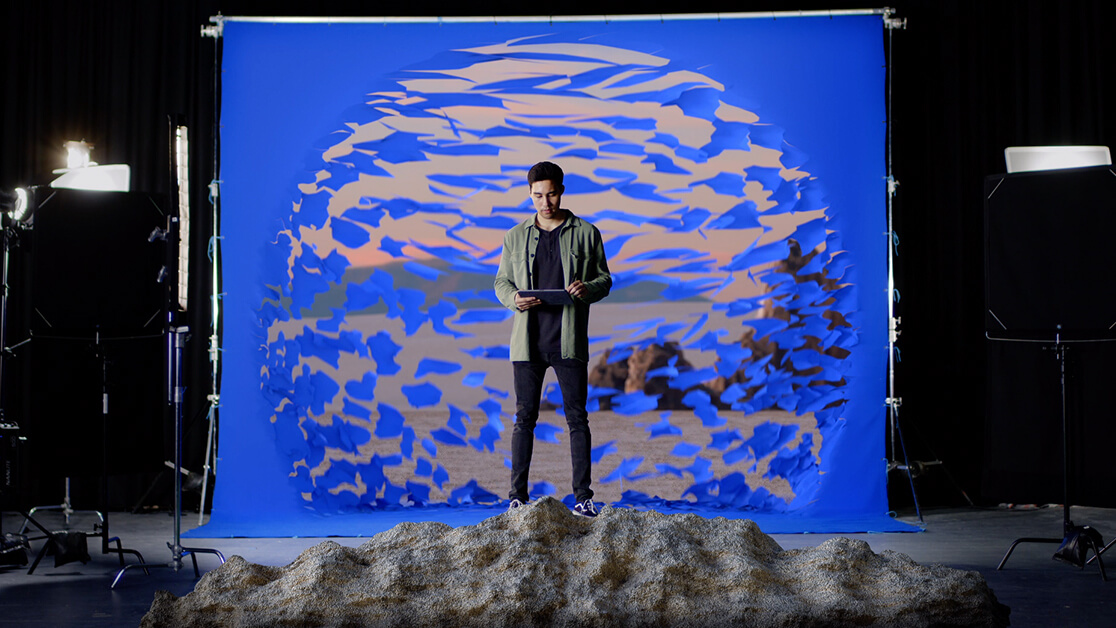
WHY STUDY AN ANIMATION COURSE AT SAE
At SAE University College, our practical approach to learning allows you to start honing your skills from day one, establishing a portfolio of work fit to impress your future clients. You’ll learn in small, collaborative classes and online study components, designed to offer the tailored academic support you deserve.
Guided by expert lecturers with extensive professional experience, you’ll master the latest industry-standard tech and tools to create projects you’re proud of. Our campuses are packed with specialist equipment and software for you to develop the in-demand technical skills required for your dream career.
Cross-discipline collaboration allows you to learn from your peers and expand the depth of your creative projects. Together, you’ll develop innovative solutions to real-world briefs and build highly transferable communication and project management abilities.

To complement your technical skills and ensure you graduate industry ready, you’ll learn key strategies for self-promotion and personal brand development and explore ways to leverage these skills in an ever-evolving creative market.
Want to know more? Have questions to ask us? Book a call with an SAE Course Advisor today.


